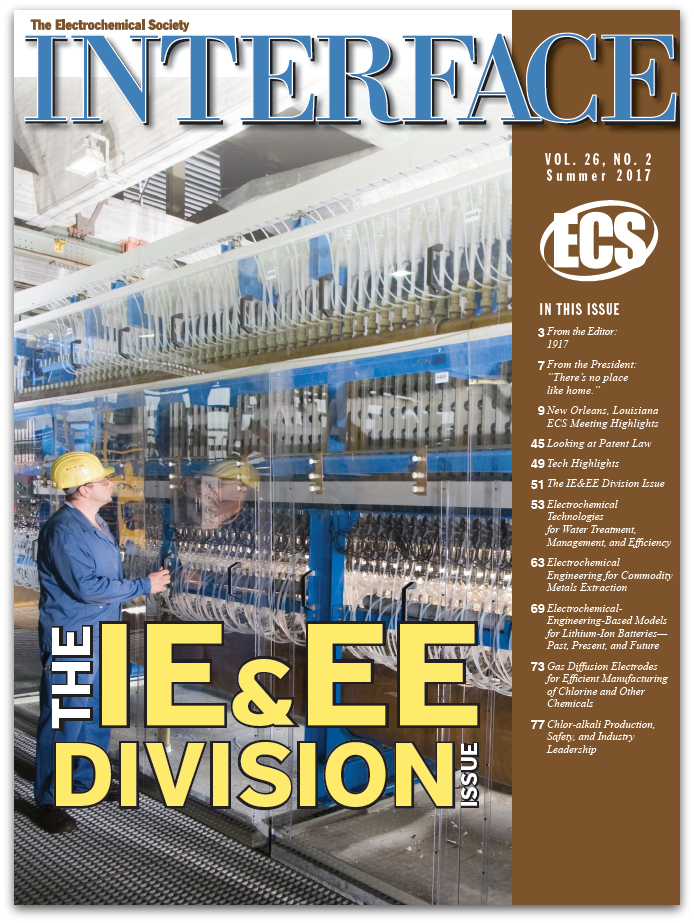 With Peer Review Week 2017 in full swing, researchers, reviewers, and publishers worldwide are currently engaged in critical conversations about the role of peer review in scholarly communications.
With Peer Review Week 2017 in full swing, researchers, reviewers, and publishers worldwide are currently engaged in critical conversations about the role of peer review in scholarly communications.
In the spirit of the week’s theme of “Transparency in Review,” ECS hopes to shed as much light as possible upon its own peer review process. After all, the way peer review is conducted affects all participants involved in scientific scholarship—authors, reviewers, publishers, and consumers.
ECS prides itself on its commitment to rigorous peer review, which has remained a focus for the Society since 1902.
“All the work that we publish goes through a very rigorous peer review,” says Robert Savinell, editor of the Journal of The Electrochemical Society, in a podcast on open science. “If you look at the editorial board that we have that makes the decisions, these are all experts in the field. We can give critical feedback to the authors that can make the papers much stronger and much better.”
Likewise, ECS takes pride in being forthright about its peer review practices. It believes all of its authors, reviewers, and readers have a right to know how peer review is performed at ECS. ECS’s goal has always been to disseminate science you can trust. Transparent peer review is the cornerstone of this trust.


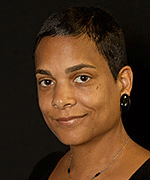
 Volunteer for six hours at the
Volunteer for six hours at the  Researchers have developed a new way to alleviate many of the issues that make magnetic data storage for computer hard disks and other data storage hardware problematic, including speed and energy use.
Researchers have developed a new way to alleviate many of the issues that make magnetic data storage for computer hard disks and other data storage hardware problematic, including speed and energy use.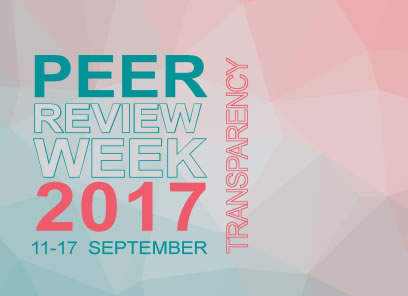 The third annual
The third annual 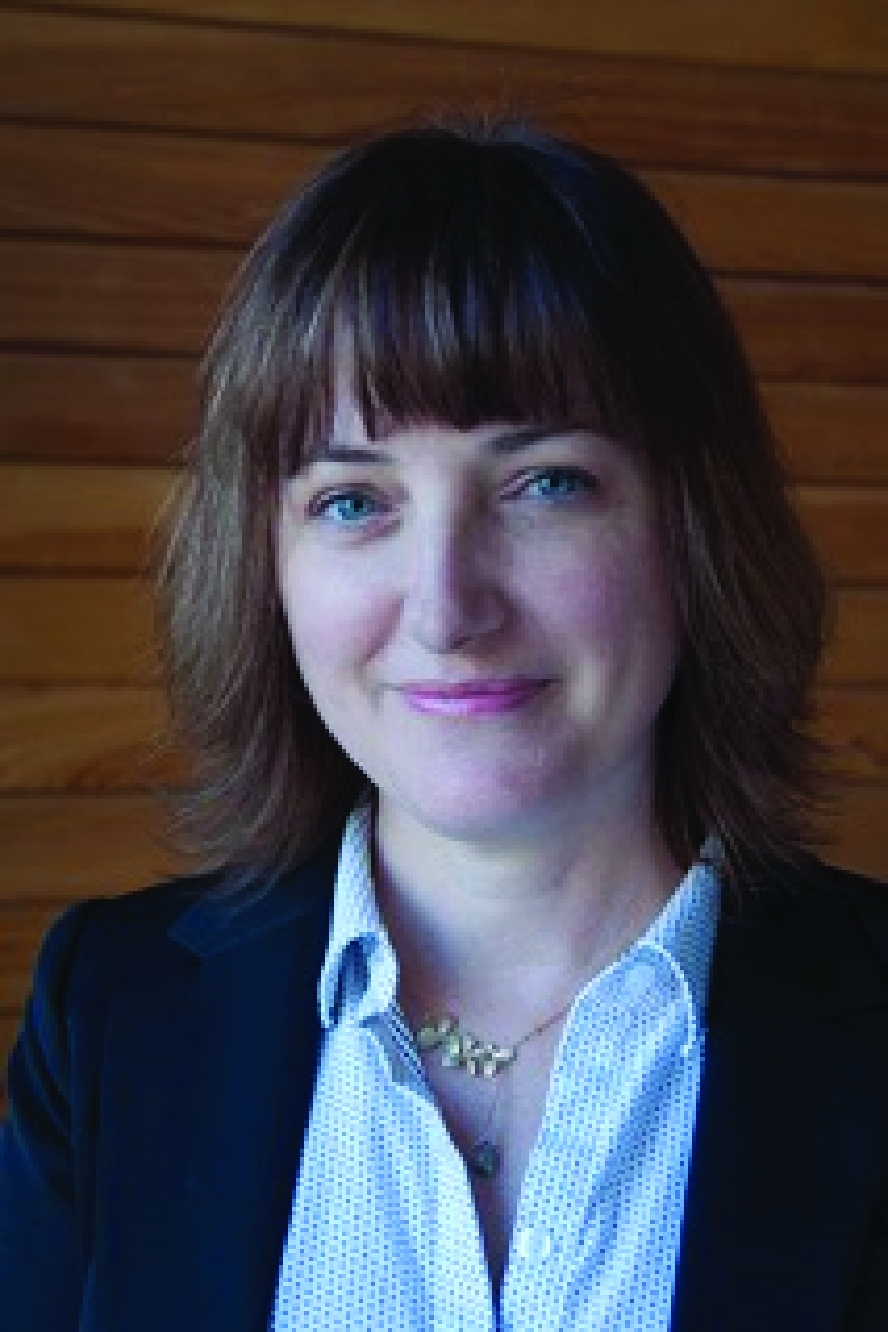
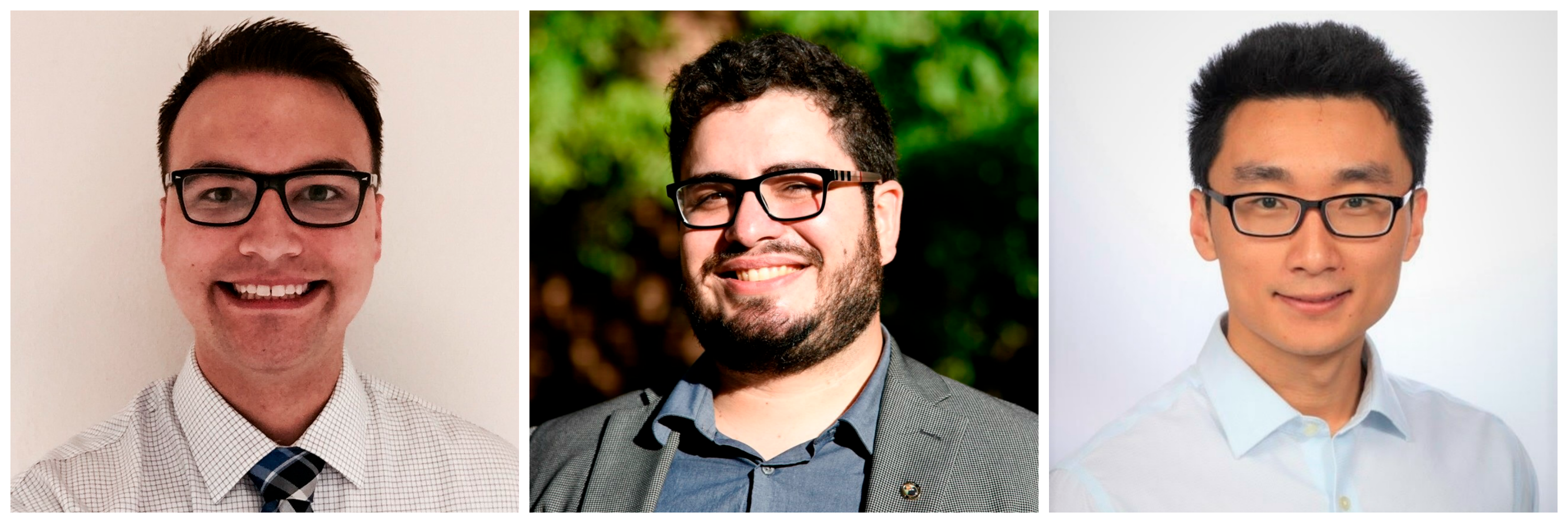
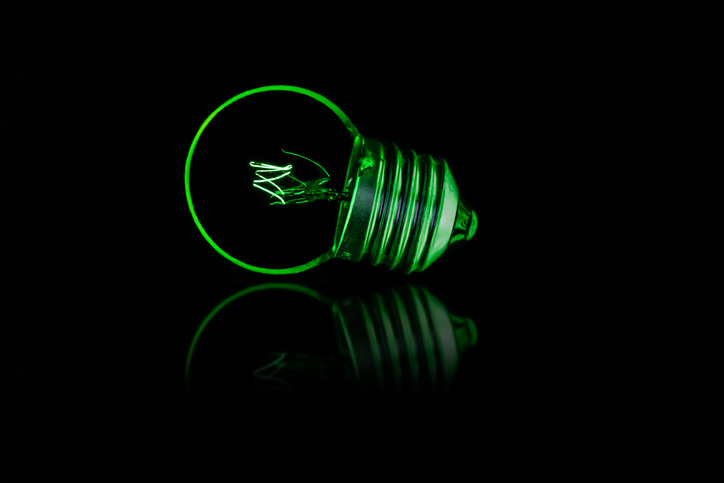 Chemical engineers have generated ultra-pure green light for the first time.
Chemical engineers have generated ultra-pure green light for the first time.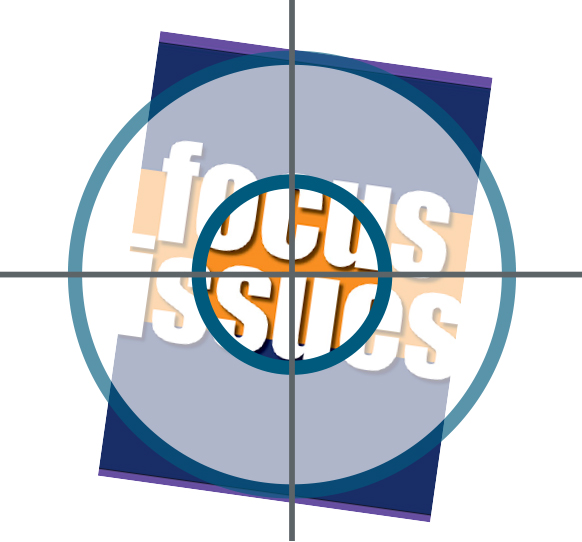 The
The 